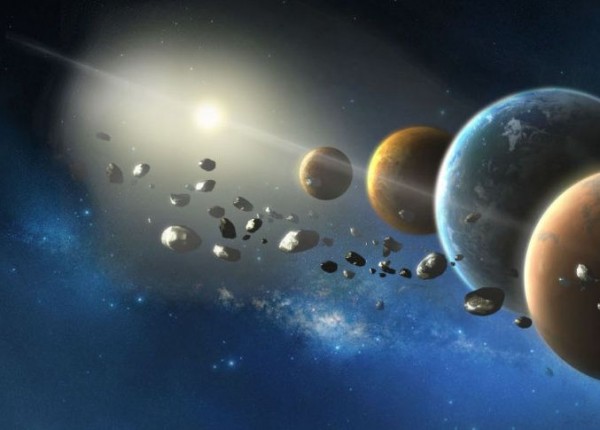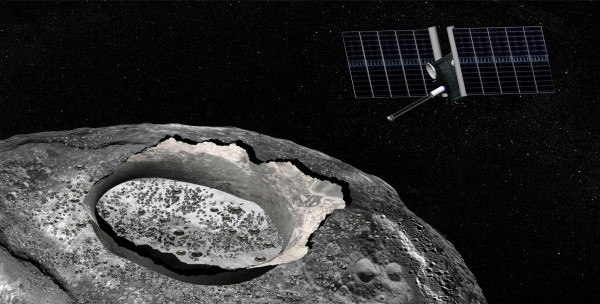
NASA announced last week that it has selected five investigations for further study its 13th competition for new, small, robotic missions into our solar system. The selection is a next step in choosing one or two relatively low-cost, Discovery-type missions, with a possible launch as early as 2020. NASA had winnowed the field from an original 27 competitors and announced the results on September 30, 2015. The planet Venus – and various asteroids – are the focus of the investigations. Each of the five investigation teams will receive $3 million to conduct concept design studies and analyses. NASA will make the final selections by September 2016, and will probably select one or two new missions at that time. NASA said:
Any selected mission will cost approximately $500 million, not including launch vehicle funding or the cost of post-launch operations.
The missions are described briefly below.

The Venus Emissivity, Radio Science, InSAR, Topography, and Spectroscopy mission (VERITAS)
VERITAS would produce global, high-resolution topography and imaging of Venus’ surface and produce the first maps of deformation and global surface composition. Suzanne Smrekar of NASA’s Jet Propulsion Laboratory in Pasadena, California, is the principal investigator. JPL would manage the project.
Deep Atmosphere Venus Investigation of Noble gases, Chemistry, and Imaging (DAVINCI)
DAVINCI would study the chemical composition of Venus’ atmosphere during a 63-minute descent. It would answer scientific questions that have been considered high priorities for many years, such as whether there are volcanoes active today on the surface of Venus and how the surface interacts with the atmosphere of the planet. Lori Glaze of NASA’s Goddard Space Flight Center in Greenbelt, Maryland, is the principal investigator. Goddard would manage the project.

Psyche
Psyche would explore the origin of planetary cores by studying the metallic asteroid Psyche. This asteroid is likely the survivor of a violent hit-and-run with another object that stripped off the outer, rocky layers of a protoplanet. Linda Elkins-Tanton of Arizona State University in Tempe, Arizona, is the principal investigator. JPL would manage the project.
Near Earth Object Camera (NEOCam)
NEOCAM would discover 10 times more near-Earth objects than all NEOs discovered to date. It would also begin to characterize them. Amy Mainzer of JPL is the principal investigator, and JPL would manage the project.
Lucy
Lucy would perform the first reconnaissance of the Jupiter Trojan asteroids, objects thought to hold vital clues to deciphering the history of the solar system. Harold Levison of the Southwest Research Institute in Boulder, Colorado is the principal investigator. Goddard would manage the project.

Bottom line: On September 30, 2015, NASA announced five investigations for further study. These are competing, small, robotic solar-system missions. The selection is a next step in choosing one or two relatively low-cost, Discovery-type missions into our solar system, with a possible launch as early as 2020. NASA will make the final selections by September 2016, and will probably select one or two new missions at that time.











